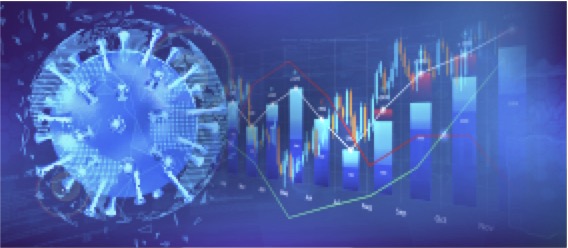The market for auto insurance is experiencing significant change. In addition to adapting to a virtual operational environment and other uncertainties that emerged from the COVID-19 pandemic, auto insurers must contend with changing driver behaviors and macroeconomic trends impacting both rate-setting and claims. Lockdowns and mandated closures related to COVID-19 contributed to a sharp decline in reported claims and traffic violations, at least in the short term. This, along with economic pressures, led many carriers to refund policyholders a portion of auto premiums. In the United States, the Insurance Information Institute reports that these measures resulted in $14 billion worth of premium refunds to policyholders. Offsetting an initial sharp decline in claims frequency, claim severity spiked during the pandemic—due in part to rising fatality rates stemming from increased speed and other reckless driving behaviors.
Executive Summary
As carriers look to establish rates based on data from the past three years, it is vital for them to not compound the issues of profitability by relying on incomplete or inaccurate foundational data, writes Xceedance VP Kimberley Ward, advocating the use of data from advanced AI and telematics systems.Compounding the issue of higher claim severity was a continued increase in vehicle repair costs. Data from the Consumer Price Index (CPI) shows that car repair costs steadily rose in 2021, with labor costs, supply chain disruptions, higher replacement costs and a global chip shortage all contributing to the increase. Increasing adoption of Advanced Driver Assistance Systems (ADAS) from auto manufacturers, driven by market demand for increased safety, efficiency and comfort, also drove up auto repair costs as these systems are more difficult and time-consuming to repair when damaged.


























